Description
SALA CEREALI ITALIAN BORLOTTI LAMON BEANS
The Borlotti Lamon Beans Sala Cereali are rich in nutrients and tasty, and they can be used in many recipes. They have thin skin and tender pulp, and you can cook them in a pasta, throw them in soups with all of your other vegetables or stick them on top of toasted bread with cheese. You can also put them in cold or hot salads, and you can even eat them for breakfast!
Beans of the Lamon variety are easily identifiable by means of the peculiar purple stripings. It is recommended to soak them for 8/12 hours before proceeding to cooking.
Cooking time: 60-75 minutes.
HOW TO COOK BORLOTTI LAMON BEANS
To soak the Sala Cereali Borlotti Lamon Beans, cover them with water by 2 inches and let them soak uncovered for 8-12 hours.
Drain and rinse them, then put them in a pot and cover them with at least 2 inches of water. Now you can add herbs, spices, and aromatics that can make beans even better – an onion and a bay leaf work wonders -.
Turn the heat to low. Occasionally stir them gently, never letting them hit a strong boil – this can burst their skins, make them mushy or unevenly cooked -. Cook them for about 60 minutes.
INGREDIENTS
Italian Borlotti Lamon beans. May contain traces of gluten and soy.
SALA CEREALI: A HISTORY OF QUALITY AND TRADITION
Sala Cereali was established in 1906 in Sondrio, in Nothern Italy.
Since then, Sala Cereali has dealt in cereals and flours, the most important food source in the Valtellina region.
In 1969, Luigi Sala patented the production of dried ‘Pizzoccheri’, a rustic kind of pasta ‘tagliatelle’ made with buckwheat flour, allowing for a long storage time and enabling Sala Cereali to sell them abroad.
Cereals and pulses come mainly from selected Italian crops; production and packaging are carefully monitored in order to obtain high-quality products.
SALA CEREALI AND THE VALTELLINA TERRITORY
Sala Cereali products are mainly rooted in the geographical and cultural environment of the Valtellina.
The Valtellina region is located in the north of Lombardy. The valley is enclosed by the Bernina Alps (north), the Ortles mountains (northeast), and the Orobie Alps (south), ad it is crossed by the river Adda from its sources in the Ortles mountains westward to its entry into Lake Como.
It is 120 kilometres long and about 65 wide, and it is the only major Alpine river valley running from east to west.
Many areas of Valtellina are protected in a park or a natural reserve, as for example the Stelvio National Park, the Orobie Valtellinesi Park and the Val di Mello Nature Reserve.
Along the valley, different landscapes appear, from the wide and sunny bottom of the valley to the peaks and glaciers on the top of the mountains.


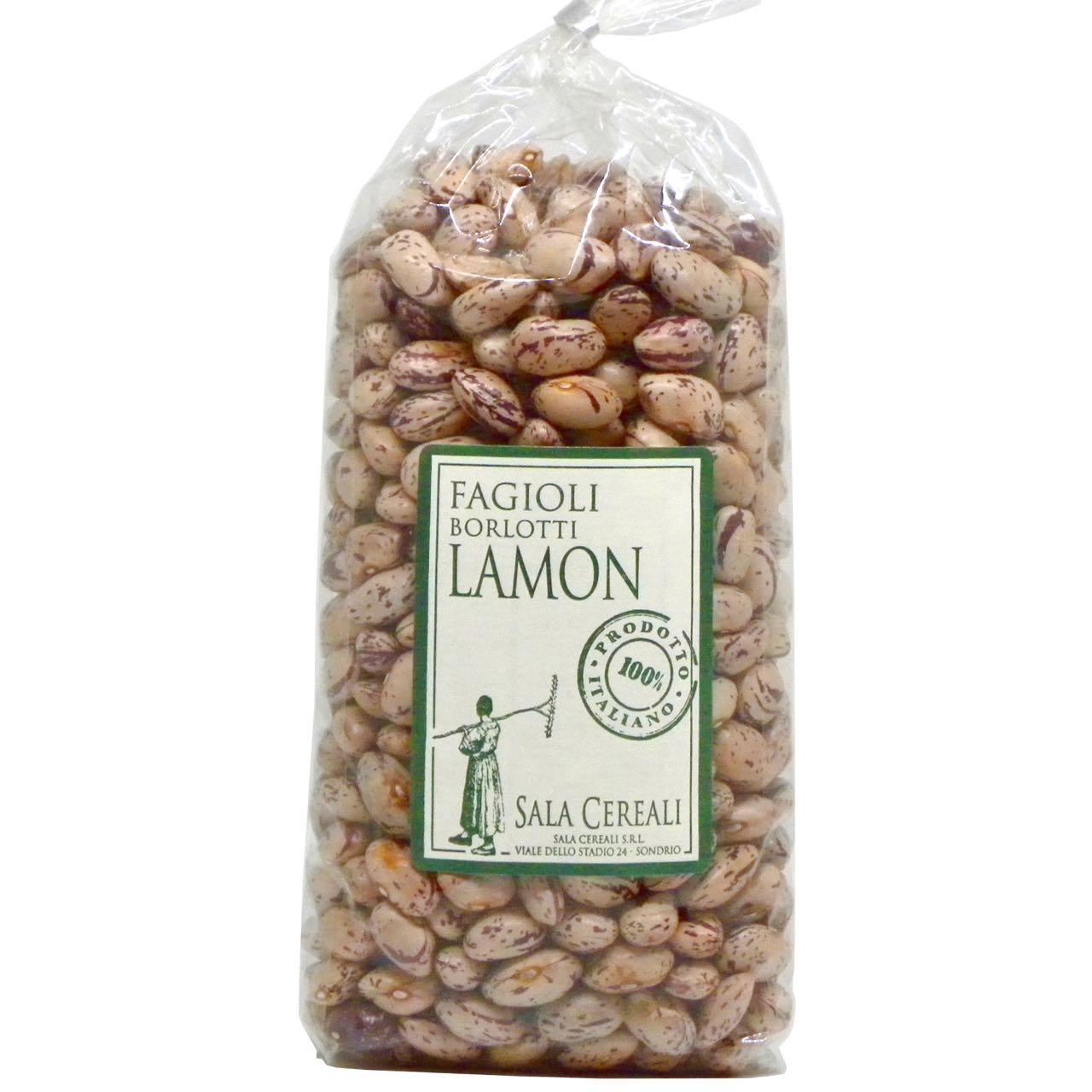
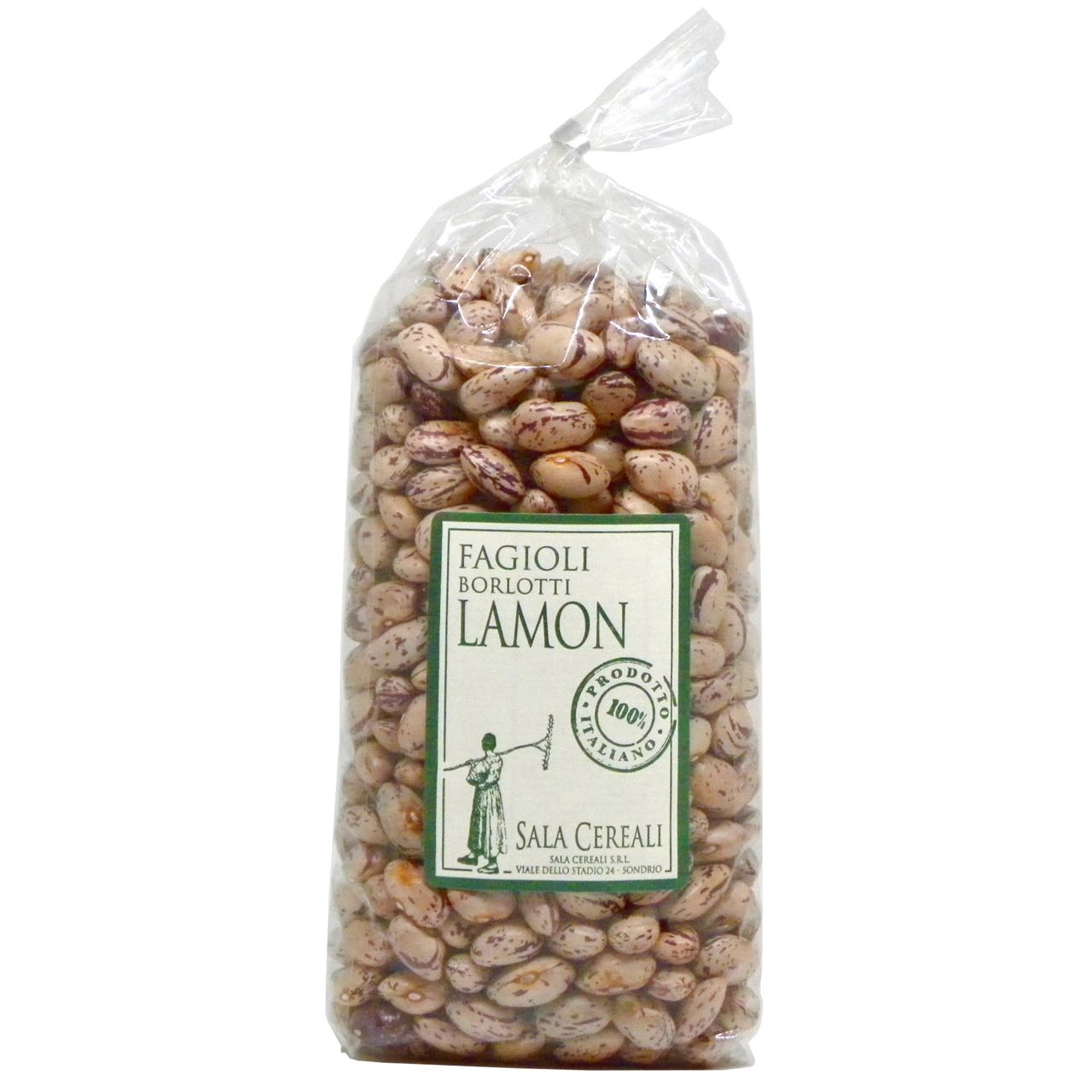
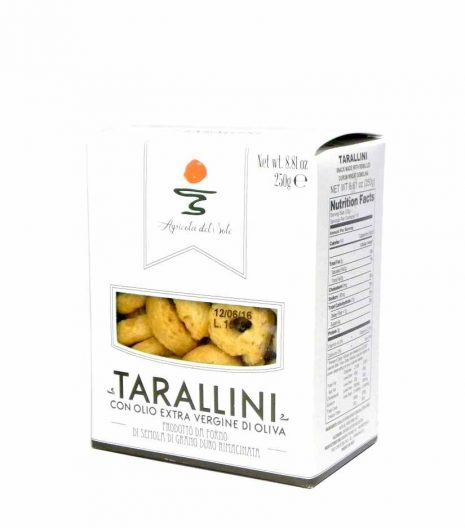
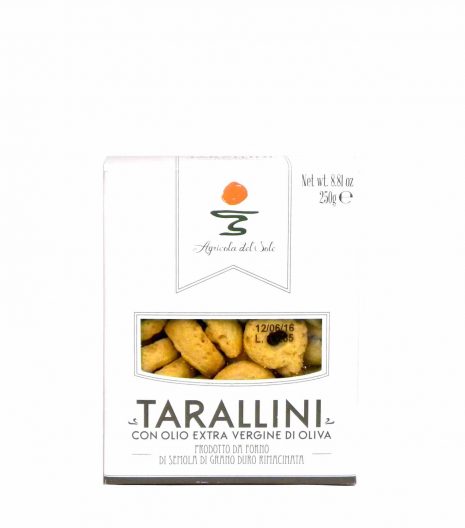

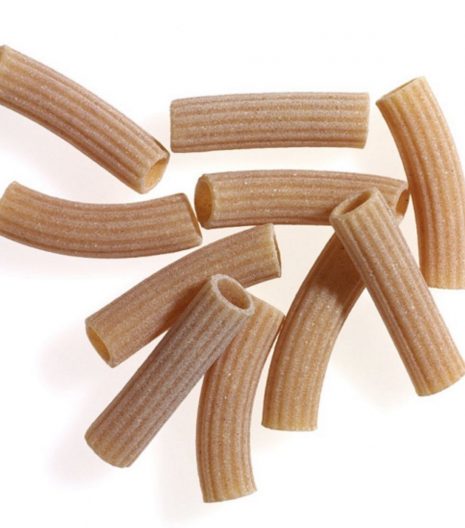
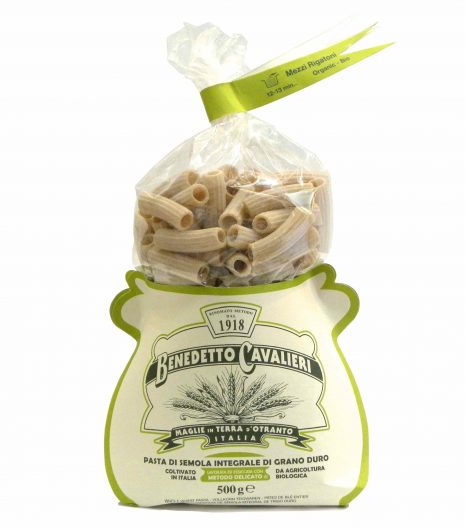
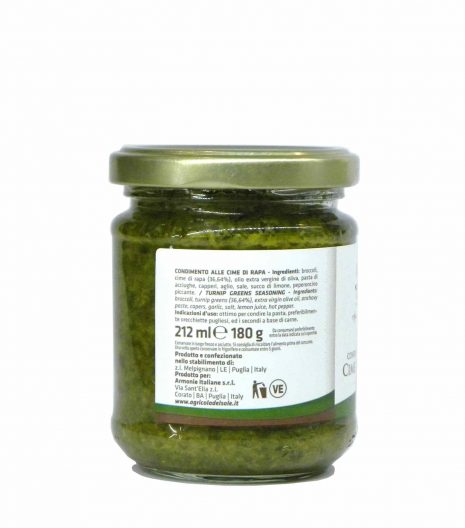
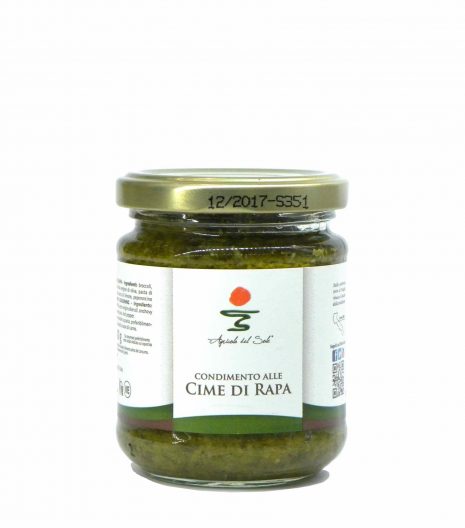
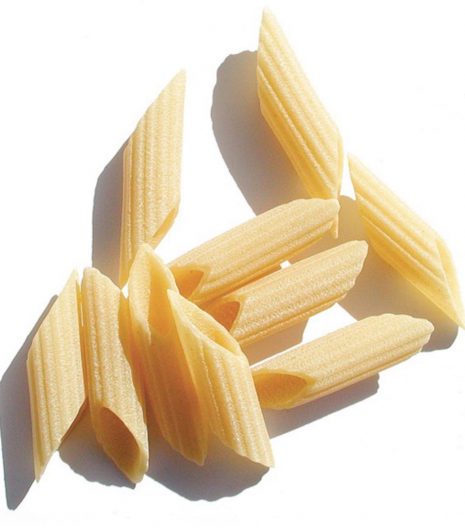
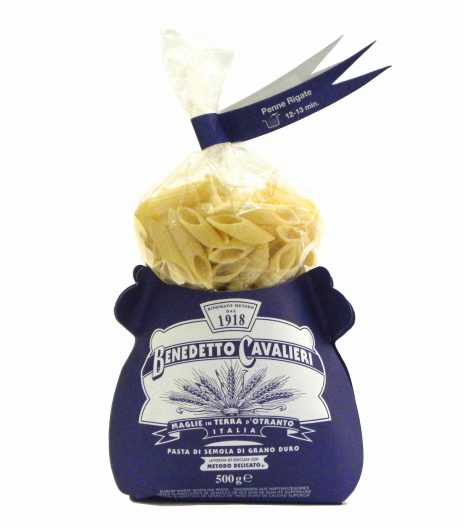
Customers review
Rate it!
Only logged in customers who have purchased this product may leave a review.
Write A ReviewReviews
There are no reviews yet.